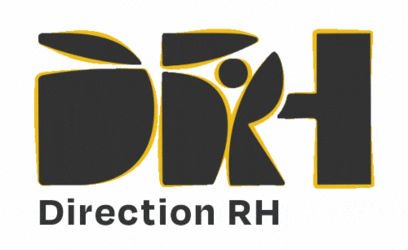Find all the latest
HR news here !
New National Collective Agreement for the Metallurgy Industry
What changes on January 1, 2024

On February 7, 2022, after more than five years of negotiation, the social partners of the metallurgy industry signed a new unified national collective agreement with a clear goal: to modernize a complex convention framework that is now considered outdated and misaligned with the changes in the world of work and technological advancements.
As of January 1, 2024, the 76 territorial collective agreements, the national collective agreement for the steel industry, and the approximately thirty existing national agreements will be abolished, replaced by the new national collective agreement for the metallurgy industry (CCNM). It will be supplemented by a few agreements and amendments, concluded by the social partners, which will ensure the continuation of certain territorial (metallurgy) and sectoral (steel industry) provisions.
This new text is characterized by numerous changes, such as the creation of a new job classification system and the implementation of a unified salary scale and identical supplementary social protection across the entire territory.
An overview of the changes that the 42,000 companies in the sector can expect.
Unified supplementary social protection
New job classification system
Unified and national salary scale
A unified supplementary social protection
Mandatory since January 1, 2023, supplementary social protection is the first effective change of the new CCNM. Employees now benefit from a core set of minimum guarantees covering health expenses and welfare (disability, incapacity, and death), financed by employers through contributions paid to their supplementary organizations.
The employer can also enhance the coverage of their employees by adding optional benefits, either fully or partially covered by the employee or the employer.
A new job classification system
This classification system is the central element of the new CCNM. Its implementation aims to establish equity among the 1.6 million employees in the sector, while simplifying the provisions to make them more accessible to all workers.
The new job classification represents a significant change for companies in this sector, as seniority and education level will no longer be considered, and the distinction between sectors will be abolished. Only the distinction between executives and non-executives will be maintained.
From now on, the classification will be based on six independent criteria: the complexity of the activity, knowledge, autonomy, contribution, management, and communication, each having equal value and comprising ten levels of requirements. In the absence of a conversion system, companies will need to start from scratch to implement this new classification system.
A unified and national salary scale
With the implementation of this classification system, a new unified scale for minimum hierarchical salaries (SMH) is adopted and applied to all employees across the territory. Once classified, employees will benefit from a minimum salary below which the employer cannot pay them. However, in some cases, a transitional period will apply before it takes effect.
Every year, at the end of the first quarter of the calendar year, these minimums are reassessed for each of the 18 existing job classes, taking into account the interprofessional minimum wage (SMIC). Negotiations are conducted between the trade unions representing employees and the Union of Industries and Metallurgy Trades (UIMM).
Supporting change
Companies in the sector have until January 1, 2024 to comply with the new national collective agreement for metallurgy, which, in addition to the previously mentioned changes, includes significant modifications related to seniority bonuses and other conventional remuneration elements, exceptional leave for seniority or family events, compensation related to certain forms of work time organization, etc...
For companies with internal collective agreements, compliance must be achieved taking these agreements into account.
To help you successfully tackle the major challenge of this project, Direction RH offers you tailored support. We bring nearly thirty years of experience within organizations of all sizes, along with a multidisciplinary team capable of guiding you throughout the transition process while keeping people at the heart of its concerns.

